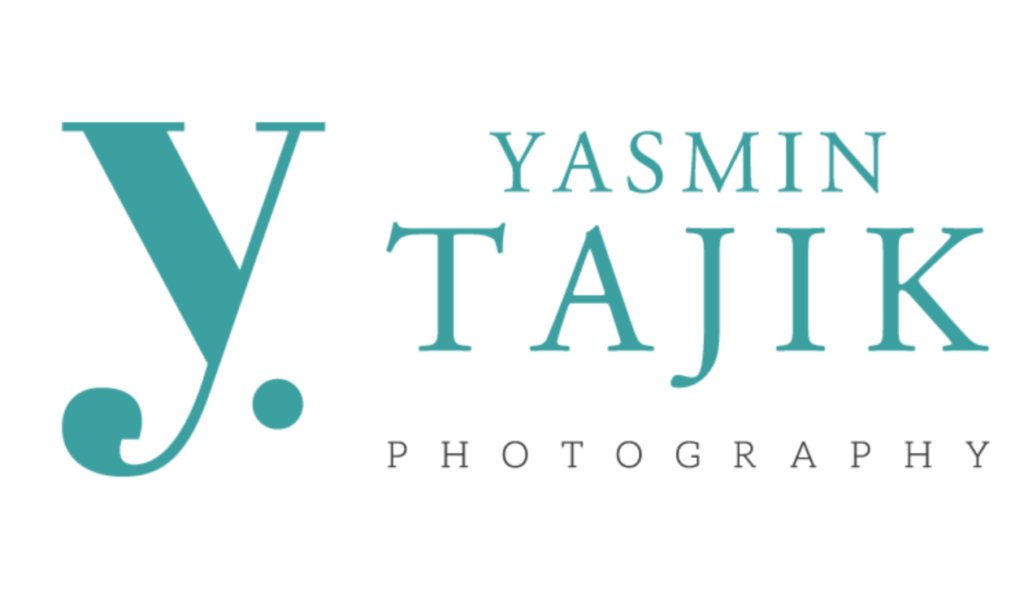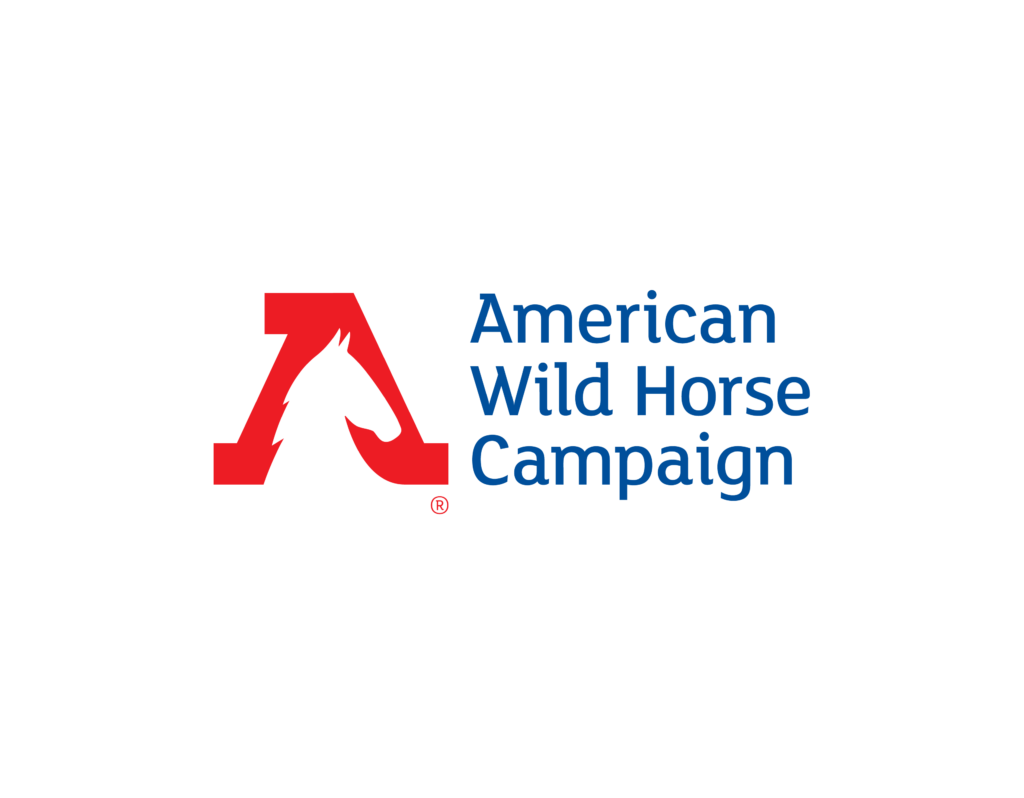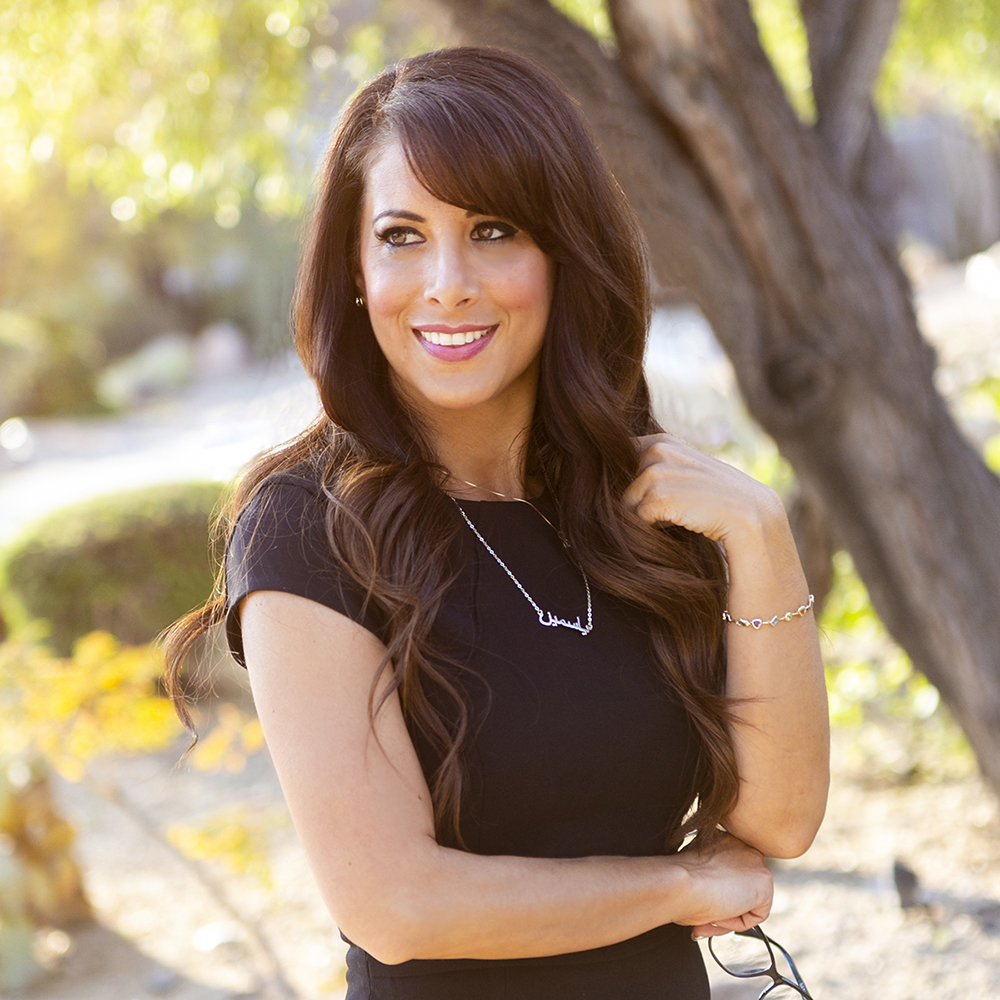I am excited to announce that I have partnered with the American Wild Horse Campaign, an organization dedicated to protecting and preserving the wild American Mustang. I’ve long followed their work, ever since first learning 10 years ago about the wild mustangs that continue to roam our lands. These majestic animals were granted protected status, however suffer cruel and systemic roundups by the federal government.
As part of this new relationship, I reached out to Brieanah Schwartz to interview her and highlight more about The AWHC. Interspersed are some of the images that I have photographed over 10 years, covering the wild horses in both Nevada and Arizona.
Tell us a little about you.
I am the Government Relations and Policy Counsel for American Wild Horse Campaign. I am responsible for advancing AWHC’s position before Congress and this administration, producing comments that AWHC submits, and collaborating with the litigation teams on all of AWHC’s active cases.
I received my J.D. from the University of Maryland Francis King Carey School of Law in Baltimore, Maryland and graduated with a concentration in Environmental Law. I am barred in the District of Columbia and the U.S. District Court for the District of Columbia.
I have always loved horses. While attending Sweet Briar College, I self-published a book with my photography and research on the Cumberland Island wild horses. I have been riding since age seven and now compete in endurance. I currently reside in the Washington, D.C. area with my horse, Eire, dogs, Lady, Drover and Dandy and cat, Pippy.
What inspired you to start working with AWHC?
I went to law school with the pipe dream hope that horse law was a career. I was inspired by the wild horses of Cumberland Island in college. Unintentionally, the horses brought me into their world, which became a comfortable and secure place for me; especially in the devastating wake of my mother’s passing. I feel the least I can do to thank the horses for what they have done for me, is work for the American Wild Horse Campaign (AWHC), an organization that is working to preserve wildness and secure wild horses and burros in the wild for generations to come. I want future generations to have the chance to experience wildness like I did, whether on the islands of the east coast or the rangelands of the west. At the end of the day, it is undeniable that our wild horses and burros are special and deserving of protection.
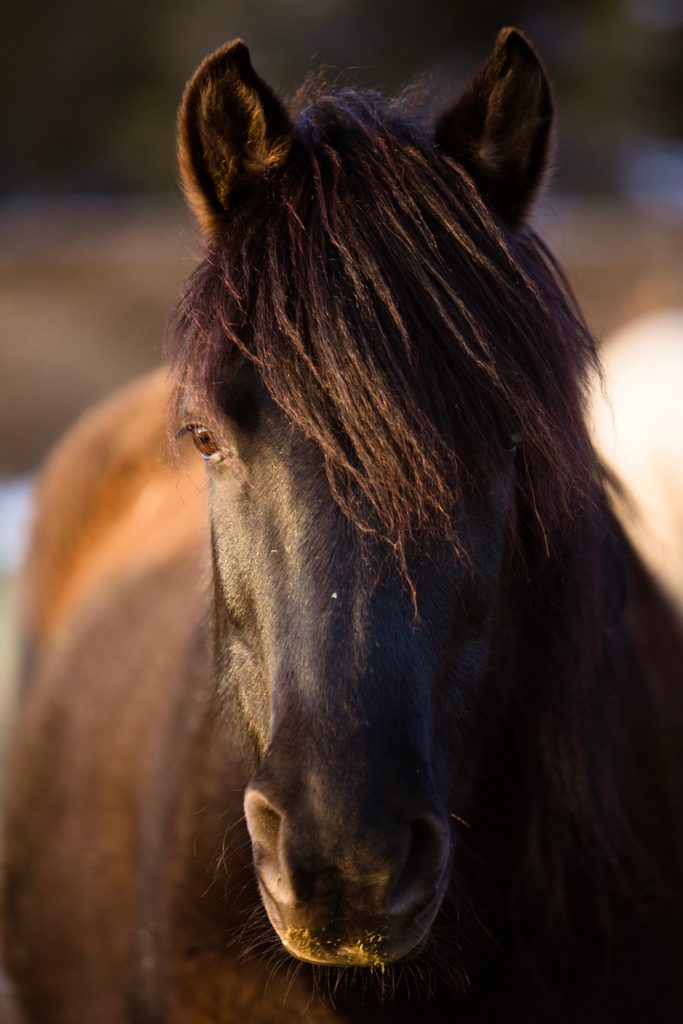
What are 3 words that describe you?
Empathetic, determined, and conscientious.
What is your greatest gift?
This is a hard one! I think I have to say my soft strength. I am someone who is compassionate yet determined. When I am committed to something, like my work, I devote my whole heart to it and I tirelessly protect the horses as a result.
How do you stay in an inspired state of mind?
My horse. I have had Eire for 14 years, through high school, college, law school, work, 3 states, lots of road trips, etc. She is my rock, my safe place in the storm. No matter what may come, she’s got me and I’ve got her.
My first case for AWHC was a lawsuit to stop the Bureau of Land Management (BLM) from performing a brutal surgical sterilization experiment on wild mares in Oregon. I would get to the barn and just hug Eire, thankful that she was not a wild mare at risk for being subjected to the awful procedure. Since then, I often find myself picturing her wild and in the place of the wild ones we fight for. She is my inspiration and motivation. She reminds me every day how special horses are, and how despite the difficult nature of the work, it is work worth doing.
What are some common misconceptions about wild mustangs in the US?
Under this administration, Acting Secretary William Perry Pendley has called wild horses the “existential threat” to public lands. In reality, wild horses and burros have been nothing more than a scapegoat for the livestock industry.
You will likely hear that the west is overpopulated by wild horses. However, this statement is made by comparing the current population to the population that existed when the Wild and Free-Roaming Horses and Burros Act was passed in 1971 when wild horses were fast disappearing from the landscape. The BLM would like to see the population back at that arbitrary number instead of listening to science and managing for more horses on the land.
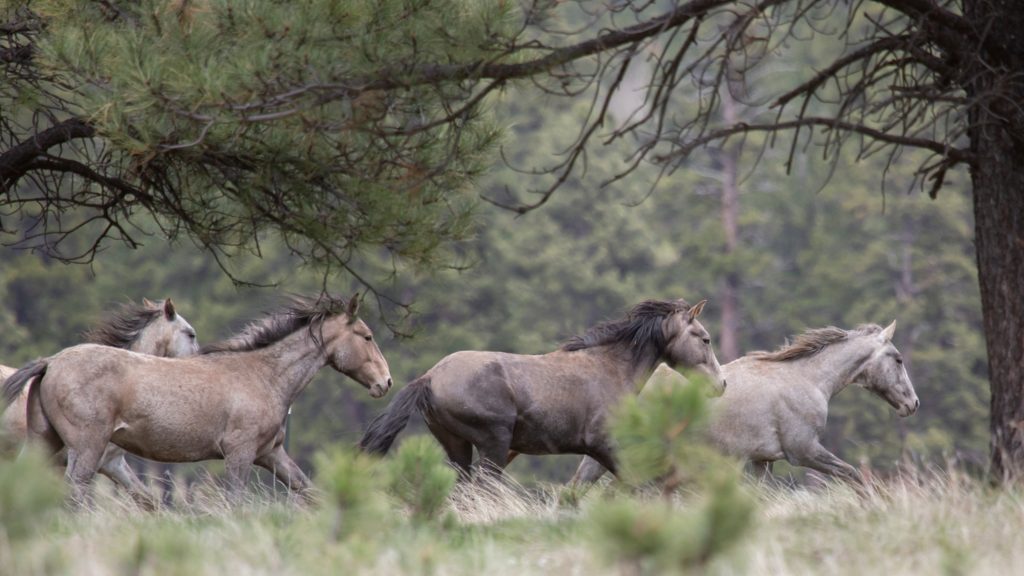
You will likely hear that the horses are starving. However, many of the horses are in fine condition. The important thing to remember is that these horses are wild, they do not look like a champion show jumper, but they are for the most part very healthy exactly where they are. Instead, the BLM loves to parade around the same one picture they have of a starving horse in order to make their argument stick. Are there horses who need supplemental feed and water in drought years? Yes. Are they in the majority? No.
You will likely hear that the wild horses reproduce rapidly and that the population is out of control. However, the BLM created this crisis though the use of its helicopter roundup and removal practices. Not only are these actions inhumane, they perpetuate a cycle of compensatory reproduction. In other words, when a large number of horses are removed, the herd that is left reproduces faster as a result. Instead, the BLM has humane tools available now to stabilize populations, but the agency refuses to implement them effectively leading to the manufactured “crisis” we have today.
How can people help AWHC?
People can help through our website and social media. Please stay up to date on what we report and be sure to stay engaged by signing the petitions and sending in comments on BLM actions when we share them. If they are able, donations are always helpful so that we can continue are fertility control program, court battles, etc., but the most important thing for people to do is to use their voices for the wild horses and burros.
What is your #1 tip for fellow horse lovers, whether it be horse owners or those advocating for wild horses?
Horses, both wild and domestic, are such special animals. If you are an equestrian by any stretch of the word, then you know what it means to look into a horse’s eyes and feel seen. They are spiritual, fantastic beings that are so deserving of love and protection – the wild ones included. We, their admirers, have to be their voices and protectors. We have to make sure they are protected and guarded from harm.
What do you want others to know about the wild mustangs?
One of the facts about wild mustangs that is often distorted is that mustangs, in fact, are native to North America.
Aside from that, I want others to know how complex horses are. They are extremely intelligent, sentient beings deserving of protection.
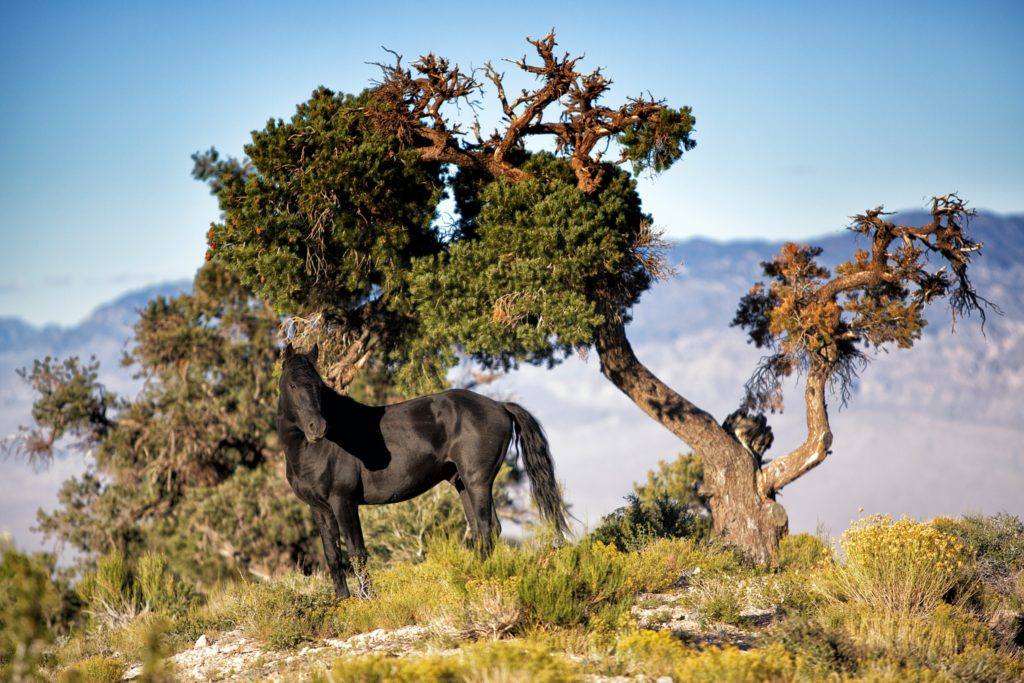
What are some of the recent wins for AWHC?
Last year we stopped the BLM, for the third time, from pursuing barbaric surgical sterilization experiments on wild horses in Oregon. We also stopped the U.S. Forest Service from selling wild horses in California without limitations on slaughter.
This year, we just secured a historic amendment to the Fiscal Year 2021 Appropriations Bill in the U.S. House of Representatives for at least $11 million to be spent on implementing humane, reversible PZP fertility control.
How do you walk your talk?
As a life-long vegetarian, when I was hired by AWHC, considered an animal rights organization, I decided to go vegan. My choices, habits, and passions are all guided by my love for animals and the environment. In short, my passion for helping the wild ones goes beyond my work.
What is one story or your favorite story of someone you helped?
I am very proud that I was part of the legal team that helped stop the brutal surgical sterilization experiments from occurring in Oregon. It was my first case with AWHC, and I was elated when we were awarded a Preliminary Injunction to stop the experiments. The BLM has since abandoned the plan and now those mares are considered spared from the brutal surgery!
What are you most excited about right now?
I am still elated that our work in the U.S. House of Representatives helped to pass a historic amendment for wild horse protection by securing $11 million for humane, reversible PZP fertility control. It was a huge step in the right direction, with bipartisan support, that speaks to Congress’ desire for the BLM to move in a different direction of management – away from business as usual by chasing horses with helicopters to humane and cost-effective management with PZP.
What is your favorite book?
National Velvet by Enid Bagnold
What is your favorite quote?
So many! “Wildness is a necessity.” – John Muir is rather poetic for this issue though.
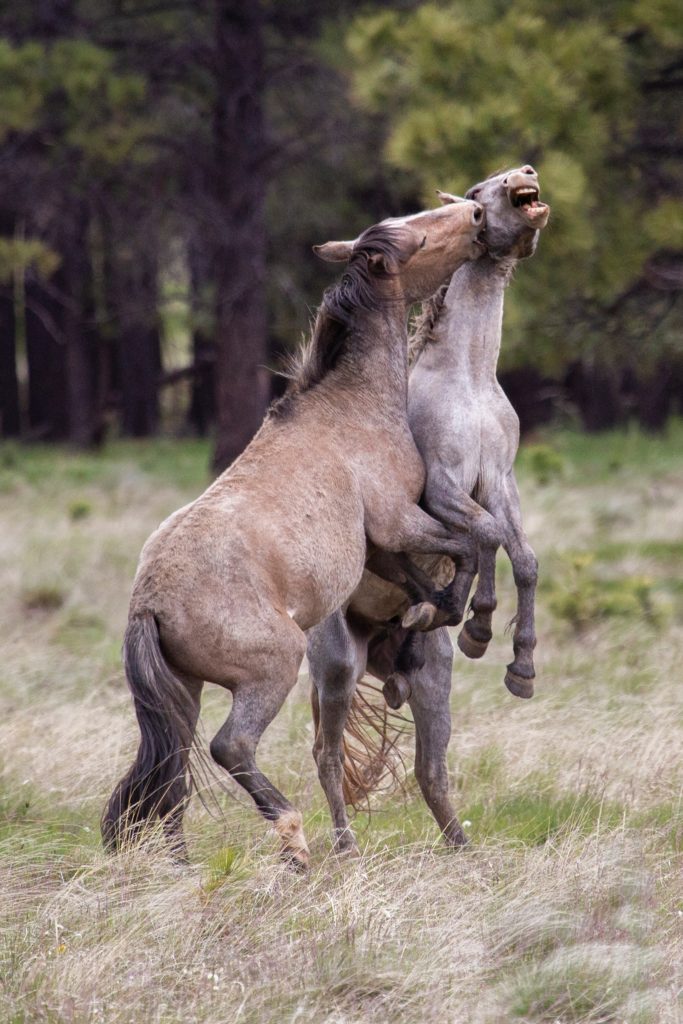
Do you have a favorite piece of art?
I was a Philosophy and Studio Art major in college. My focus in studio art was black and white film photography. I have one photo that will always be important to me hanging in my home. It is of a tree that has been scarred by people passing it on the trail carving into it. The tree, however, has started to fill in the carvings by growing its bark. It reminds me that no matter the wounds, and despite them always being there, we can heal and feel whole again. Grief is a messy thing to experience, but reminders like that tree help me a lot.
Favorite object in your home?
My favorite object is probably a horsehair bracelet from my mom’s horse, Hope, who passed about six years ago. She was a fighter, having suffered from many ailments in her life, and she taught me a lot about perseverance and strength. I wear it when I need a boost of confidence from my old friend.
Thank you Brieanah for sharing your thoughts and experience with the AWHC.
To learn more about the AWHC, please visit their website.
